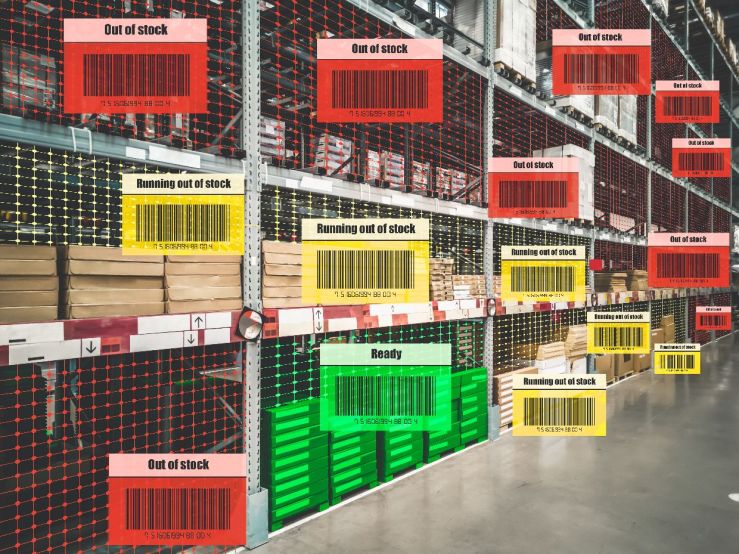So much of good business is figuring out how to do more with less. For many organizations, the tumult of 2020, and now early 2021, has forced leadership to take a hard look at every component and figure out what’s really important. One of the key ways companies in every sector are weathering the storm is by implementing cost takeout initiatives.
Cost takeout involves more than just finding places to slash the budget — it’s a complete overhaul of processes and resource distribution, with the goal of creating rapid savings while also setting a new course for the future. While such a hard reset may seem imprudent during unpredictable times, now is actually the perfect opportunity for many organizations. According to analysis from Gartner, the organizations often best suited to weather economic downturns are those that can cut costs while still keeping an eye on the future. In short, the “new normal” may require a new plan.
Simplifying your tech stack
Naturally, a prime component of any cost takeout strategy should involve software. In addition to hurting profits in many sectors, the COVID-19 pandemic has increased the rate of digital implementation across the board. According to Deloitte’s 2020 Enterprise transformation and cost reduction survey, IT infrastructure, remote work and digital channels were among companies’ top operating model priorities, with 78% of respondents identifying IT infrastructure as a priority.
As a result, software and IT infrastructure have become major concerns for companies, as well as a potential pain point if implementation isn’t carried out effectively. With many organizations planning to continue remote work and other digital-first procedures even after the pandemic, the emphasis on IT seems unlikely to change in the near future.
A cost takeout initiative offers a prime opportunity to ensure you’re getting digital implementation right the first time and saving money in the long run. To nail your new strategy and get this major rethink right, be sure to focus on the following areas.
Move to cloud-based software
Almost every company has at least one or two software solutions that just don’t work like they used to. This software may stick around for a variety of reasons, including staff familiarity or a merger between two organizations using different solutions for the same task. While sometimes, a legacy solution may still be the best option for a particular use case, it’s often more efficient in the long run to move to cloud-based software, especially if you require remote-work flexibility. Your cost takeout initiative should identify software that doesn’t bring you value and find the right solutions to replace it.
One of the most effective ways to revamp your tech stack and ensure the software you pay for is aligned with larger goals is through cloud-based SaaS solutions. Many SaaS providers offer multiple solutions, so you can keep the number of vendors to a minimum by working with the right partner.
Utilizing cloud-based SaaS also addresses the unique challenges of working in 2021 by allowing employees to access software even if they’re not working on an internal network. It’s an ideal model for organizations looking to cut costs while still moving toward a resilient, sustainable software stack.
Examine your vendors
Cost takeout not only involves ensuring you’re only using the right software but also working with the right vendors. Your overall tech budget may also be hurt if you’re relying on a different provider for every program you use, as this can limit your negotiating power and lead to software integration challenges, creating IT headaches for everyone involved. Vendor consolidation, or the act of paring down the vendors you use to a few strategic partners who can provide multiple solutions, should be on the table in any cost takeout initiative.
While a cost takeout initiative may mean cutting some of your vendors loose, it can also involve leaning on the partners you keep for more. Ultimately, the goal of a cost takeout initiative is to lower overall IT costs while maintaining critical functionality. There’s no problem if that means outsourcing more work to the experts you already know you can trust.






